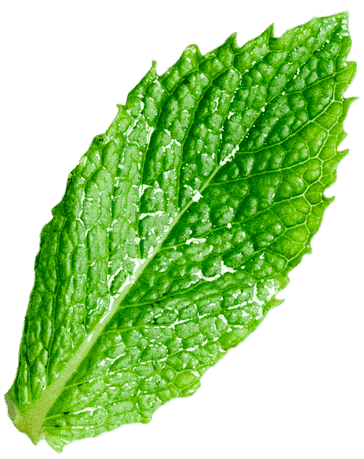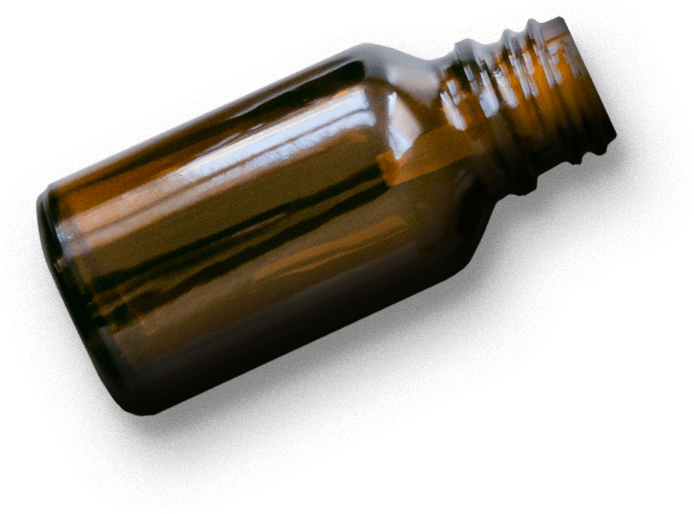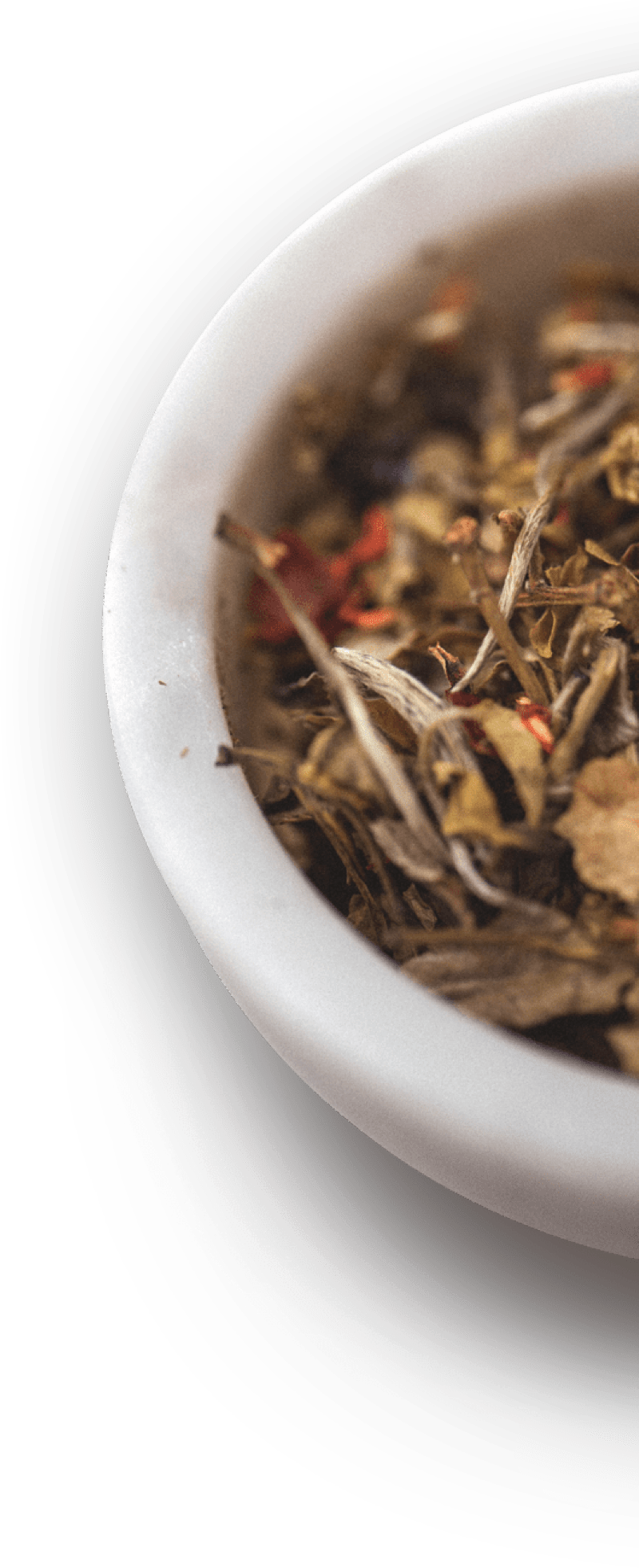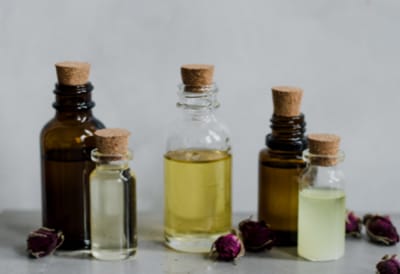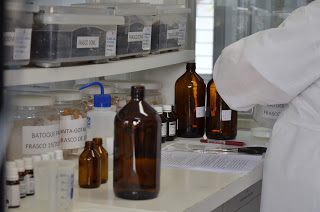Dilution and succussion I
After testing a remedy in detail on several people, Hahnemann began testing the accuracy of these drug profiles, using it on the sick. At first, he gave them the normal dose, but he had the same problem as he hated in conventional practice. Many of the drugs were toxic and had harmful side effects. He then began to dilute the drugs, administering them in diminishing doses. Contrary to what he assumed – that if he reduced the dosage of the drugs, they would become less effective – he found that if they were given according to the pattern of symptoms found in the trials, they were more effective and had a longer lasting effect. These observations by Hahnemann showed that the curative doses were always much smaller than the doses which had produced similar symptoms during their trials in a healthy man. Hahnemann began to use the “sucussão”, that is, to stir the dilutions while they were made. Strangely enough, at the time it was a common practice – alchemists often shook, moved, and performed various other manipulations on the solutions to activate the “life force” or “spiritual force” that they believed to be inherent in all substances. Although its original intention was to reduce the toxic effects of the drugs, Hahnemann said that the process of succussion between each dilution made the drugs more active and specific to the individuals sensitive to them. When prepared in this way, which Hahnemann called “dynamization,” the efficacy of the drug depended even more on the detailed adequacy of the symptom picture of the test to the patient’s unique symptom picture. When these frames were carefully combined, according to Hahnemann, these “dynamizations” stimulated the reaction and self-healing and patients “cured” of the disease. The dynamization process is the release of the dynamic energy in the medicaments by means of molecular vibration (sucussão or crushing). Power is said of the end result of each step of the process of dynamization and dilution.
The curative power would manifest itself with the smallest possible dose of the drug dynamized, so that the dose contained almost exclusively pure drug force, freely developed, of the non-material type, only dynamically producing effects so powerful that they would never be obtained with the pure drug substance, even if ingested in large quantities. The idea of high dynamizations and dilutions would become one of the main areas of controversy in the homeopathic system. Hahnemann and other leading scientists understood that there should be a physical limit for the dilution of an original substance, from which there would no longer be any residue of the original substance. However, at the time of the origin of homeopathy, no one knew what this real limit of dilution was, and homeopaths reported remarkable effects at very high dilutions. Later, a scientist named Amadeo Avogadro found that if the substance were diluted twelve times at a ratio of one to one hundred, the probability of having any residue of the original molecule in the preparation was practically zero.
However, dilutions above this had been used successfully for decades prior to this discovery. The question of dilution and dynamism would not only become one of the main points of controversy between homeopathy and modern conventional medicine, but it is still one of the main areas of conflict within the homeopathic community itself.
LINK 1 – A very simply produced but completely didactic vídeo about dilution and succussion.
LINK 2 – A very good video with Dr Steven Cartwright gained his PhD in molecular biology from Edinburgh University,

